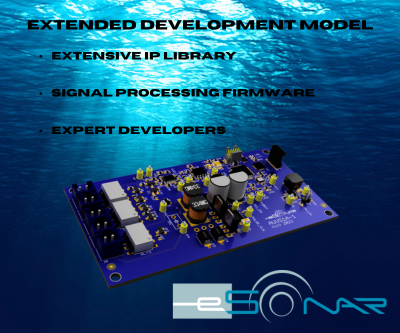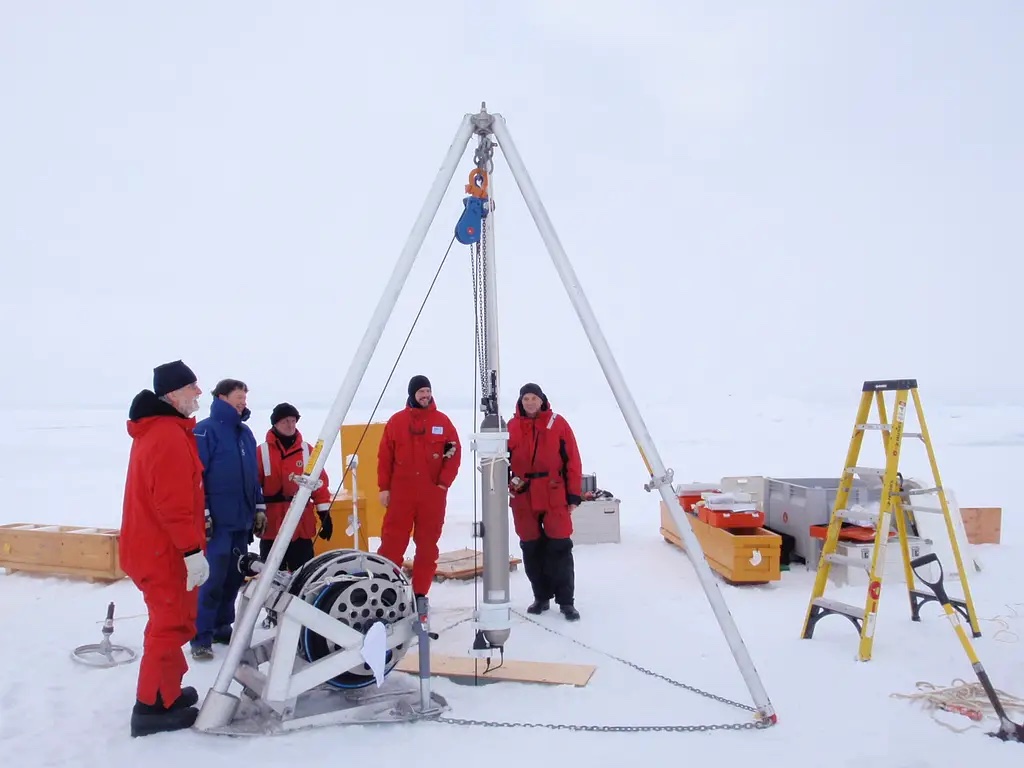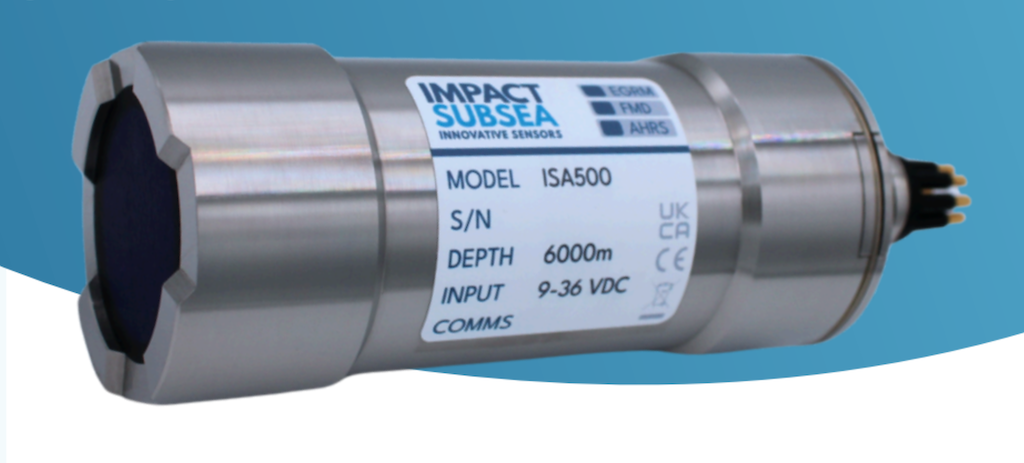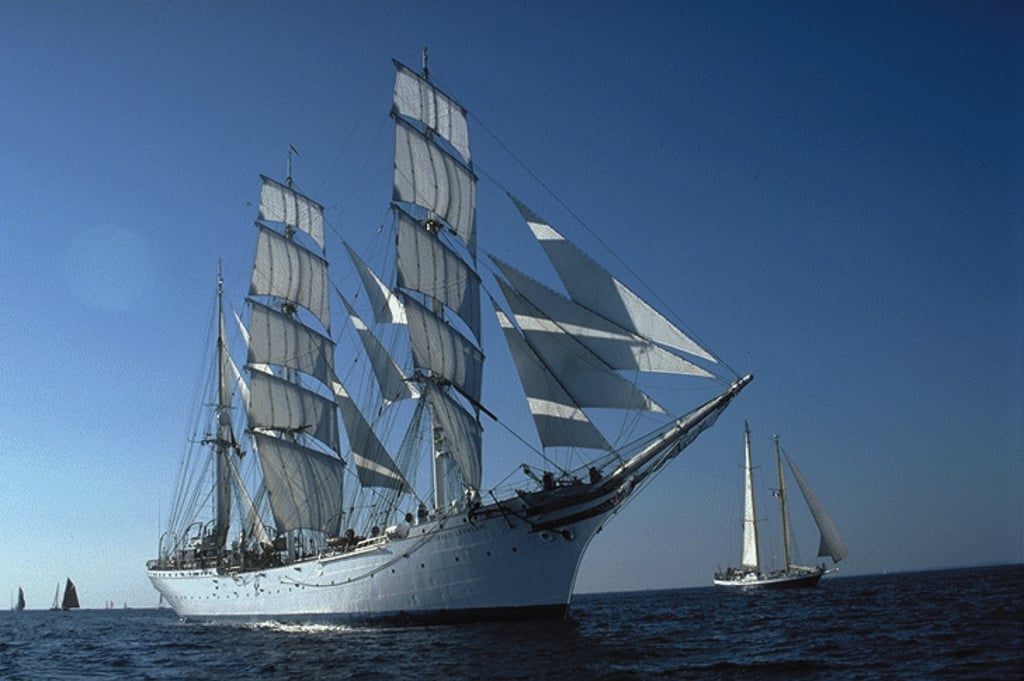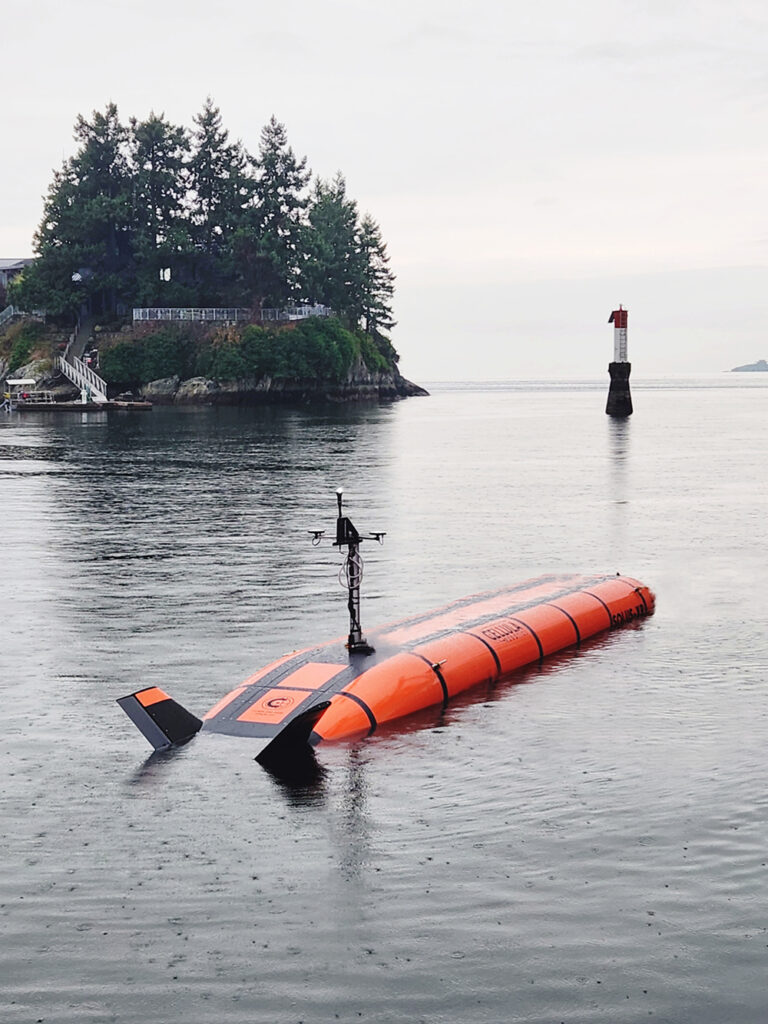
Autonomous Underwater Vehicles
Discover cutting-edge solutions from 8 leading global suppliers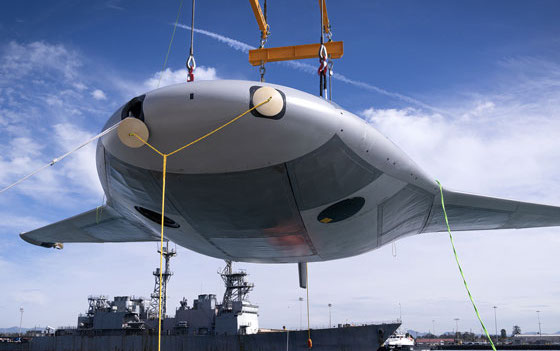
Earlier this year, Northrop Grumman tested an extra large unmanned underwater vehicle (XLUUV) that was designed in response to a request from the Defense Advanced Research Projects Agency (DARPA).
DARPA put out a call in 2020 for proposals to advance UUV capabilities in efficiency, energy management, fueling, power, and more for long-duration and long-range operations.
Subsea missions can be extremely challenging, with difficulties like low temperatures, spotty communications, high pressure, and power supply for long missions, particularly when operating far from a land base. A larger, more advanced UUV was required, with improved efficiency and autonomy, able to act without human supervision.
Northrop Grumman’s Manta Ray holds a range of benefits:
- Saving Energy for Long Missions
- Sizing Up with Room for Critical Payloads
- Conducting Missions Worldwide
- Operating Autonomously to Keep the Military Safe
Manta Ray has a unique shape and size that enables energy saving for long missions, and is classed as a gIider — a type of UUV used since the 1960s by organizations like the U.S. Navy and the NOAA for lengthy data collection missions.
Gliders only need to change buoyancy for a few minutes at the top or bottom of their path. The rest of the time, they glide forward using minimal power and energy.
The U.S. Navy defines XLUUVs as vehicles that are too large to launch off a ship or submarine; instead, they are launched from a pier. Manta Ray’s extra-large size provides more room for power systems and critical payloads or sensors for a variety of long-range, long-duration missions.
Manta Ray is also modular, engineered to be separated into parts for easy shipping around the world, ready for assembly in the field. This allows militaries and other organizations to bring critical capabilities wherever they are needed.
Earlier this year, Manta Ray was shipped to Southern California for in-water testing, during which it demonstrated its ability to glide, ascend, descend, turn, hover and anchor.
It can do some of these skills autonomously, avoiding the need for on-site human logistics or a human captain. By extending the range and capabilities of XLUUVs, Manta Ray can complete missions in challenging undersea environments, while keeping researchers and other operators safe.
“Our team had to be creative and innovative to find solutions that would work for a glider UUV as big as Manta Ray,” said Structural Engineer Hayley Sypniewski. “It’s not a one-to-one scale with typical glider UUVs; because of its size, we added more buoyancy engines, a bigger payload bay, an enhanced towing system and an extremely efficient and large hull system.”
“A glider has a really intriguing propulsion mechanism, falling forward [with purpose] through the water all the time, both upward and downward,” said Brian Theobald, principal investigator and chief engineer for Manta Ray at Northrop Grumman. “When Manta Ray needs to go up or down, it changes buoyancy by pumping sea water to change the weight of the vehicle.”
“Manta Ray’s uncrewed capability is critical because we want to keep humans out of harm’s way during long missions in potentially dangerous environments,” said Joe Deane, Manta Ray program manager.


